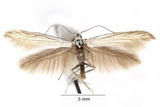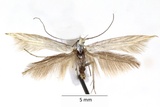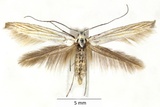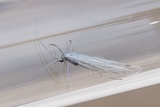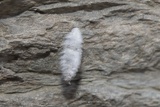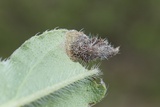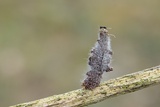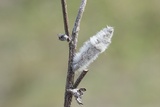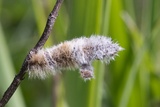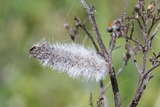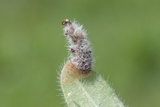Coleophora pennella (Denis & Schiffermüller, 1775) Species
Last modified: Dec. 9, 2024, 5:19 p.m.
A very rare species in Belgium, mainly occurring on dry calcareous or sandy soils.
Details
- Classification
- Family: Coleophoridae > Genus: Coleophora > Species: Coleophora pennella
- Vernacular names
- Haartjeskokermot (NL), Bugloss case-bearer (EN), Natternkopf-Sackmotte (DE)
- Synonyms
- Coleophora onosmella (Brahm, 1791) and Coleophora struthionipennella (Hübner, 1796)
- First mention in Belgium
- De Sélys-Longchamps E. 1844. Énumération des insectes Lépidoptères de la Belgique. — Mémoires de la Société royale des Sciences de Liége 2: 1–35. On page 25 (as Ornix struthionipennella Wv.). view page
- Status
-
Native
Distribution
Bionomics
The young larva feeds on the developing seeds and hibernates in its first case which is made of the tip of a petal. After the winter the larva makes a composite case resembling a willow catkin.
The larvae live mostly at the tip of a leaf or the fleck mines are made at the margin of the leaves, which thereby look peculiarly damaged.
Larvae are full grown in mid-May – early June.
Before pupating the larvae may wander around a lot, so they can be found at many different
plants being not their feeding plant.
The adults come to light.
See also bladmineerders.
be.
Flight periods
The adults fly in one generation a year from late May till July.
Observed on
- Host plant (species):
- Echium vulgare
- Host plant (genera):
- Anchusa, Echium, Cynoglossum, Lithospermum, Myosotis, Pulmonaria, Hieracium, Lycopus, Nepeta, Origanum, Stachys and Verbascum
- Substrates:
- Herbaceous plants
The larva lives mainly on Anchusa officinalis or Echium vulgare but also on a lot of other plants.
Habitat
Calcareous and sandy arias.
